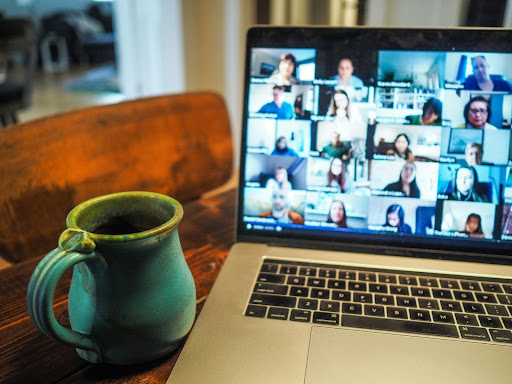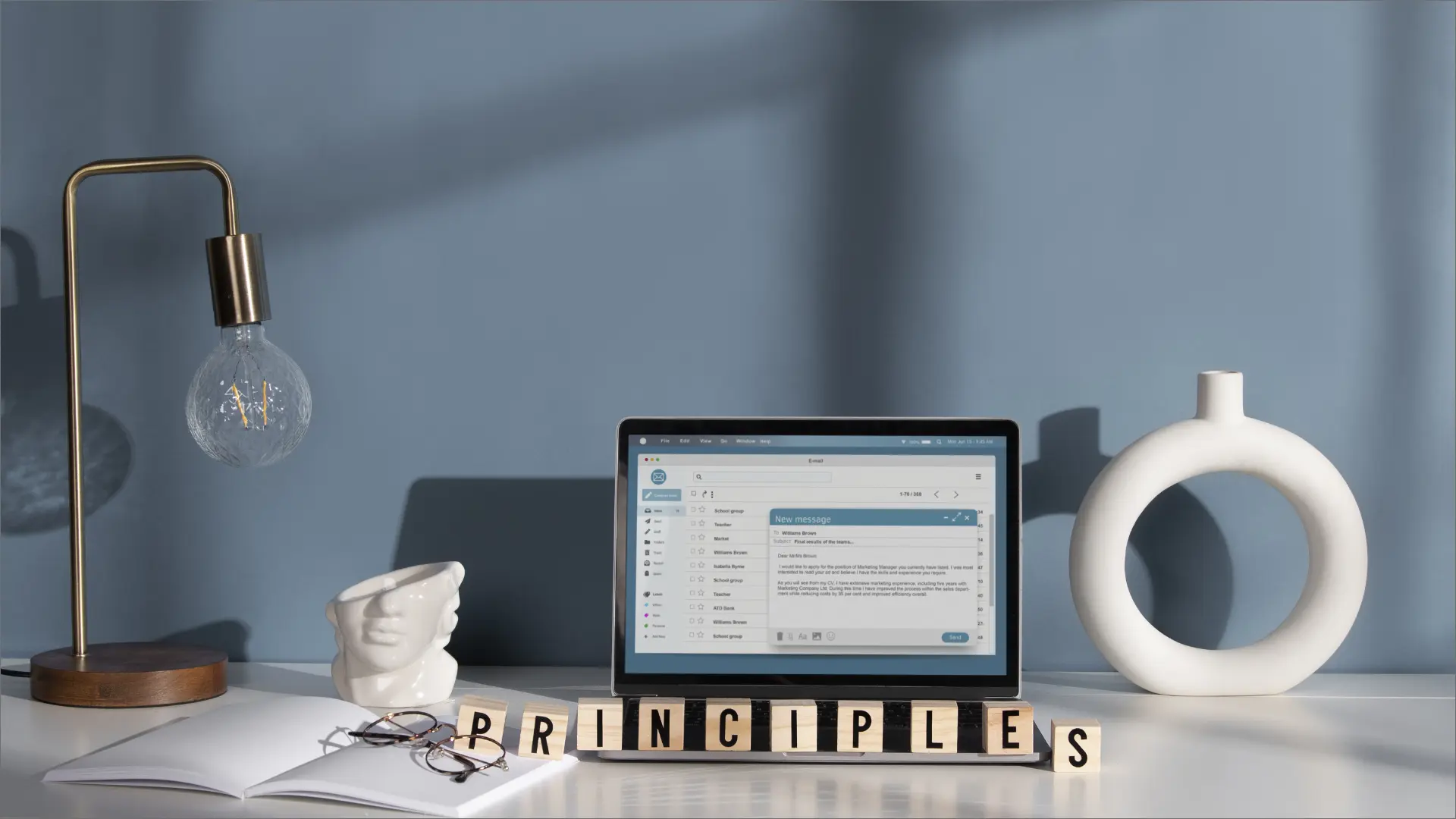In today’s work-from-home era, video conferencing has not only altered how we communicate but also subtly revolutionized our eating habits during meetings. Gone are the days of communal coffee pots and catered luncheons; instead, we’ve navigated toward a new dining dynamic encompassing everything from snack variety to meal prepping savvy.
This shift brings to light fascinating changes in our meal choices, etiquettes, and the very experience of sharing a meal.
Let’s dive into how this digital transformation influences what and how we eat amid virtual discussions and presentations.
5 Ways Video Conferencing Changes How We Eat
The shift toward video conferencing has significantly transformed our eating habits during work. Here are five ways digital communication is reshaping how and what we eat.
1. Increased Snack Variety
The shift to video conferencing has unexpectedly impacted our snack choices during work hours, offering a silver lining in the form of increased snack variety. Working from home means you’re not restricted to whatever’s stocked in the office vending machine or pantry anymore.
Suddenly, the entirety of your kitchen becomes fair game for mid-meeting munchies, allowing for a broader selection of snacks that can cater to any craving or dietary need at any time. This newfound freedom doesn’t just add excitement to your snacking options; it also opens the door to healthier choices that might have been inaccessible in a traditional office setting.
Whether it’s reaching for some fresh fruit, nuts, yogurt, or even experimenting with homemade recipes during your breaks, the possibilities are endless. Embracing this diversity keeps your taste buds happy and can also contribute positively to your overall well-being.
2. Healthier Choices at Your Fingertips
Video conferencing from home has subtly nudged us toward making healthier food choices, primarily because our entire kitchen is only a few steps away. Instead of settling for unhealthy office options, you now have the freedom to whip up a quick salad or grab that fruit to eat.
Plus, the rise in remote work has also seen a parallel increase in the use of meal kit services. For example, the meal kit company Factor offers healthy meal menus to its subscribers, providing an easy and convenient way to maintain nutritious eating habits long-term.
Essentially, video conferencing doesn’t just change where we work but significantly impacts how we eat during work hours. By bringing healthier choices right to your fingertips, it encourages a lifestyle shift that could have lasting benefits beyond just the virtual meeting room.
3. Flexible Eating Times
The shift to video conferencing for many of us has inadvertently granted a more flexible daily schedule, influencing not just how we work but also how and when we eat. This newfound flexibility can significantly enhance our overall well-being by allowing us to listen to our body’s natural hunger cues rather than eating at predetermined times.
Here’s how flexible eating times can help:
- Energy Levels: Matching meal times with your energy dips can improve productivity.
- Portion Control: You become more mindful of portions.
- Food Quality: There’s a better chance you’ll choose wholesome over fast food.
While flexible eating is helpful, it’s also important to have some rigidness in that flexibility. After all, eating at the same time each day is linked to reduced body weight, increased metabolic flexibility, improved gut function and cardiometabolic health, and reduced blood pressure.
4. Meal Prepping Becomes More Common
With the role of video conferencing expanding in our work lives, meal prepping has found a new level of importance. The convenience of having healthy, ready-to-eat meals can be a game-changer during days filled with back-to-back calls and minimal breaks.
Plus, according to a study, meal prepping is associated with lower body weight, improved diet quality, and increased food variety, all of which are important for healthy individuals.
Here’s how to effectively embrace meal prepping:
- Plan Your Meals: Spend some time each week planning what you’ll eat.
- Shop Smart: Create a shopping list based on your meal plan.
- Batch Cook: Prepare and cook large portions of meals at once.
By incorporating these strategies into your routine, you can save time and contribute positively to your health through thoughtful nutrition management.
5. Collaborative Meal Experiences
The rise of video conferencing has not only transformed the way we conduct meetings but also how we experience meals with our colleagues. Virtual lunch hours or coffee breaks have become a new venue for team bonding, as they mimic the communal vibe of office pantries.
This shift encourages teams to engage in collaborative meal experiences, such as shared virtual cooking sessions or themed food days, where everyone might enjoy tacos or personal pizzas.
Such arrangements help maintain a sense of community and belonging, which is often missing in remote work settings. These virtual gatherings serve as reminders that despite physical distances, enjoying a meal together can bridge gaps and bring people closer.
Video Conferencing Can Make Us Healthier
As we continue to navigate the changing landscapes of work and mealtime dynamics, it’s clear that video conferencing has offered us a unique opportunity to reshape our dietary habits for the better. Your kitchen is now an extension of your workspace — make it work for you.
Read More: What Is Q SIG? How Q Signaling Works In Telecommunication 2024



